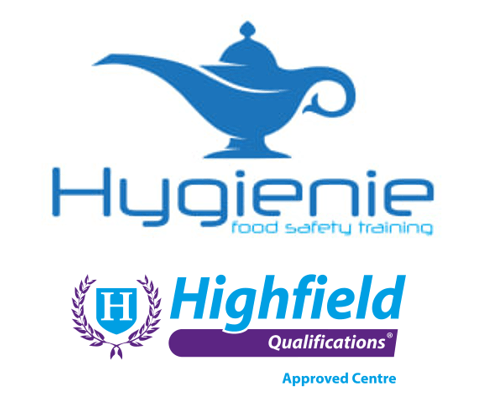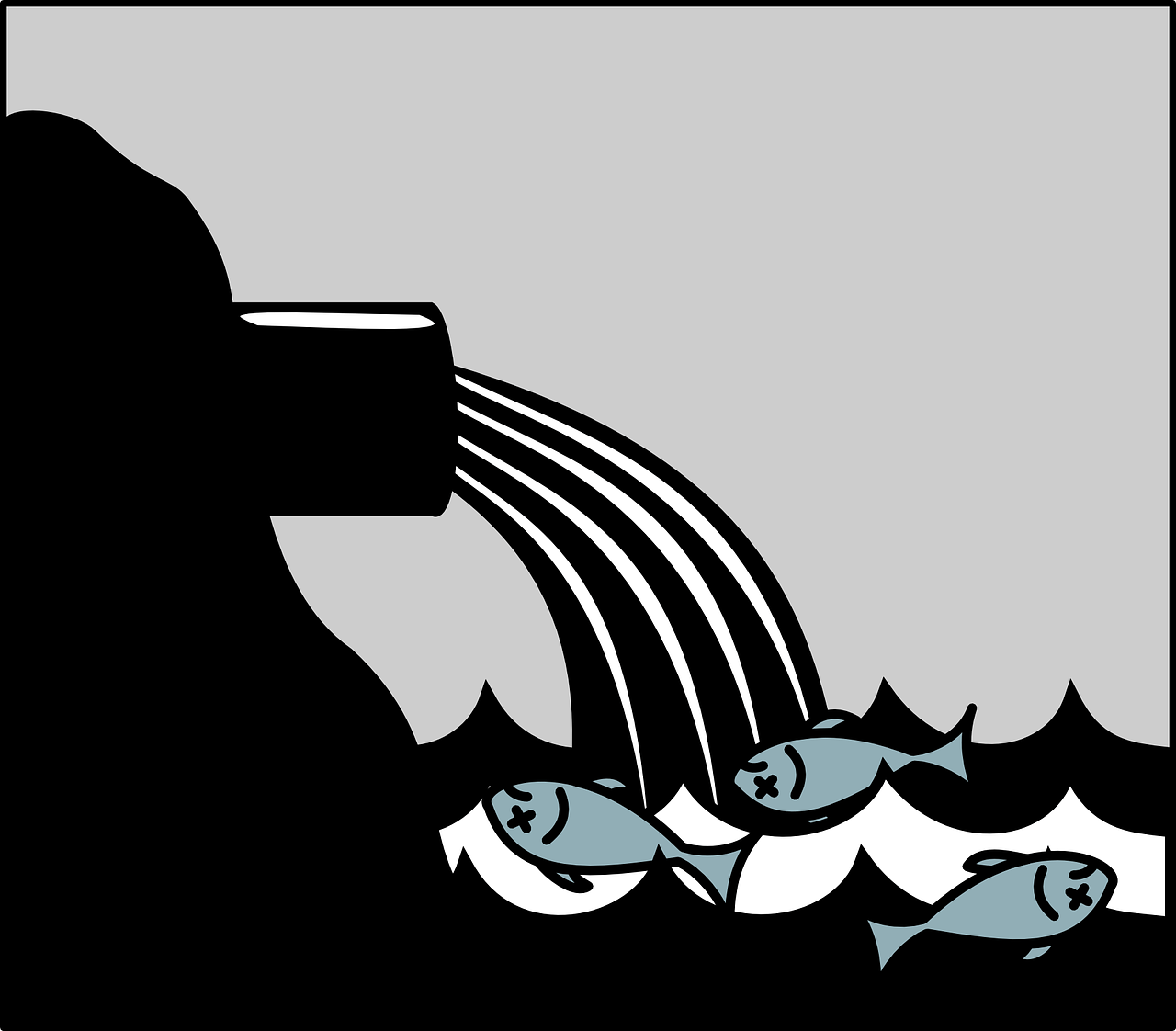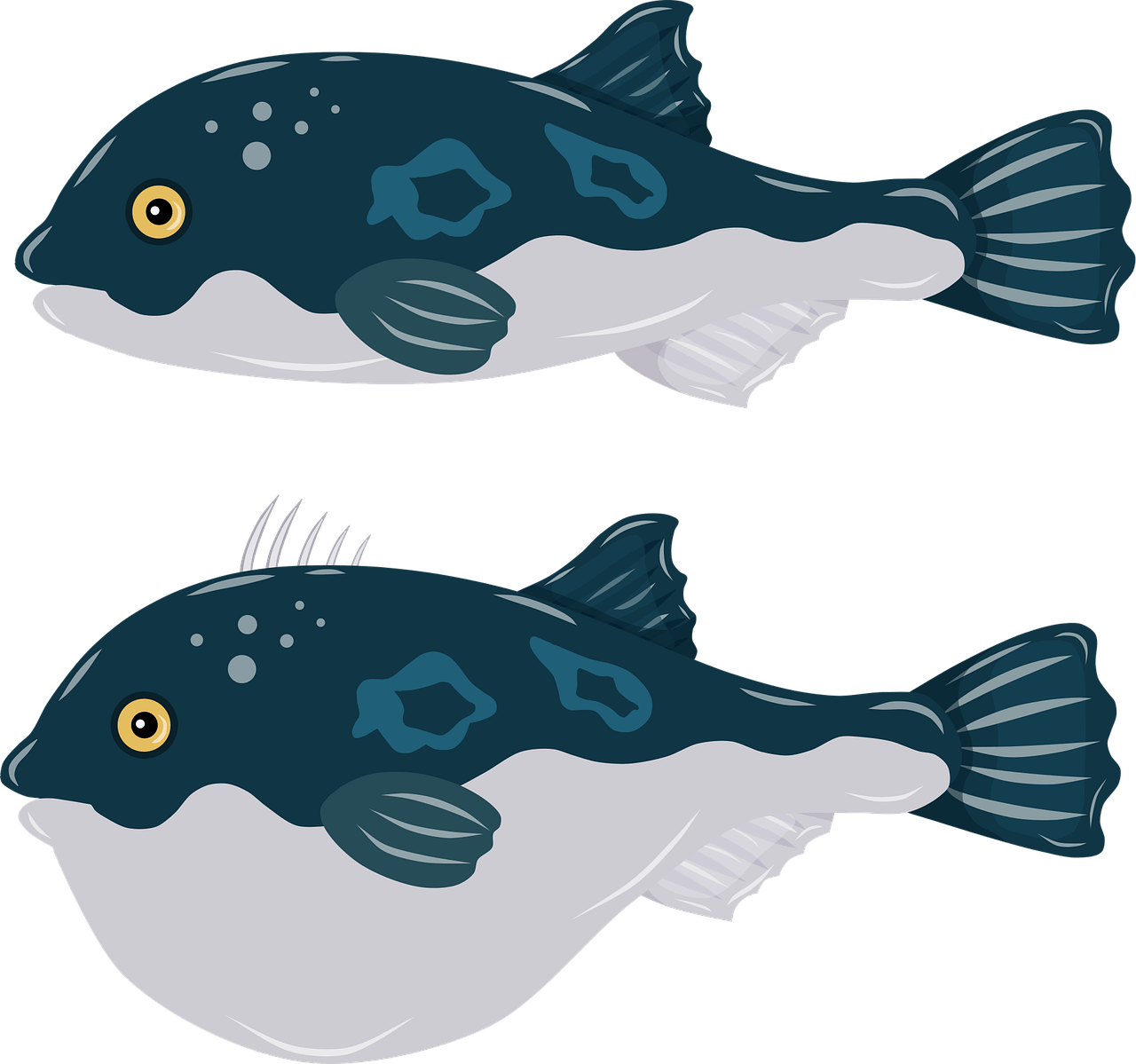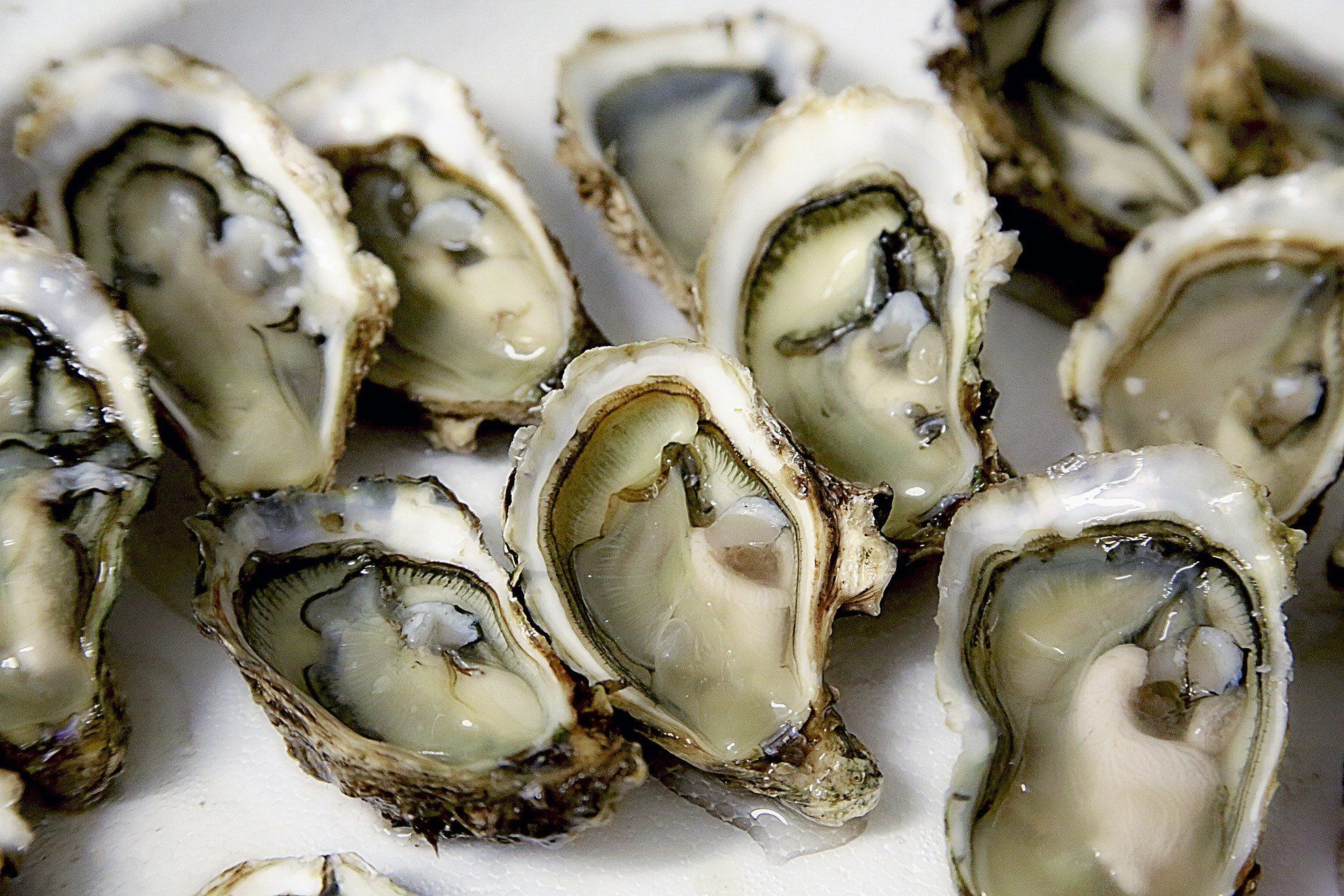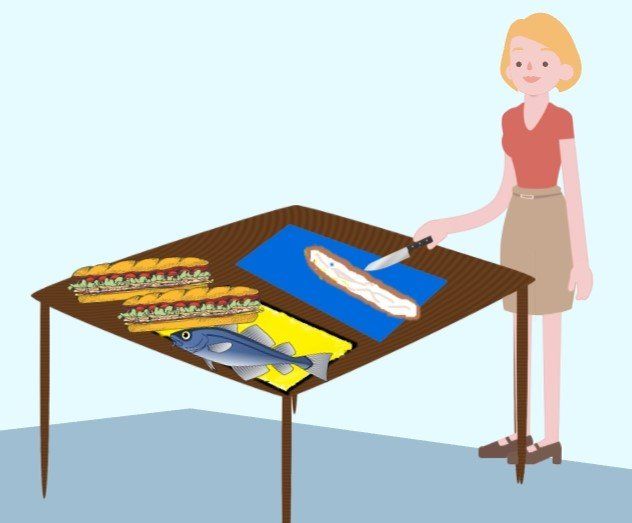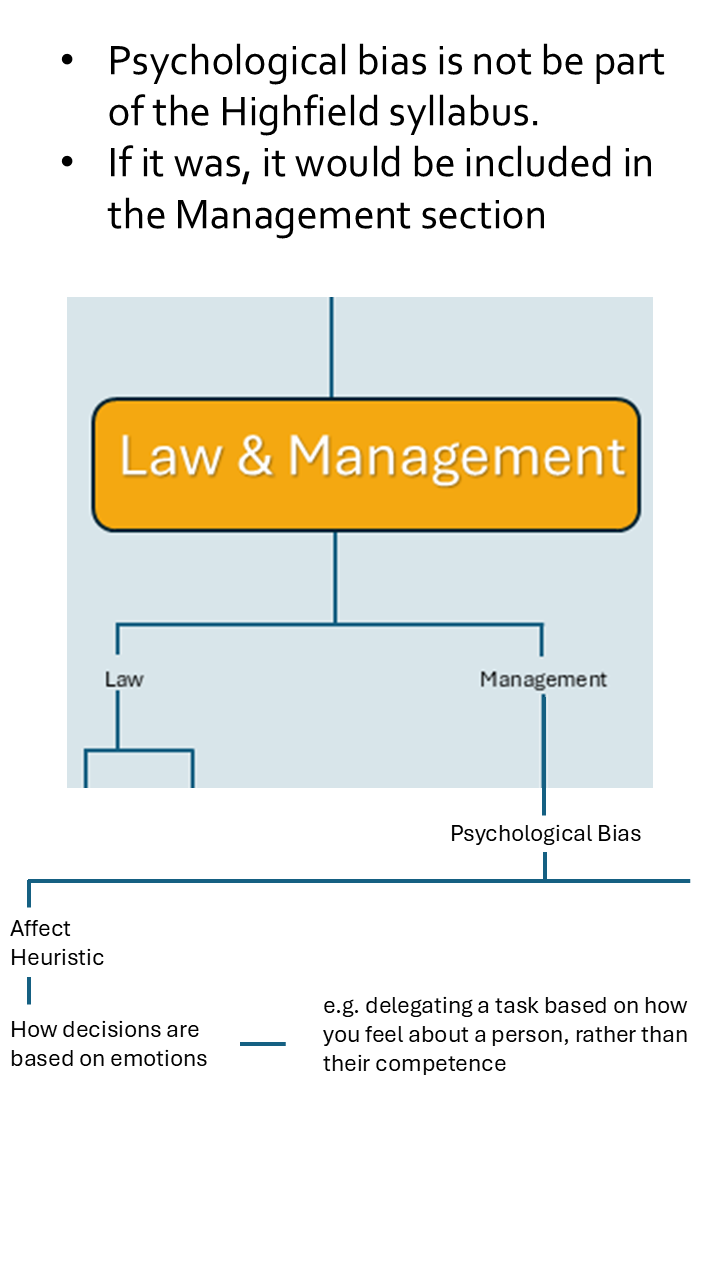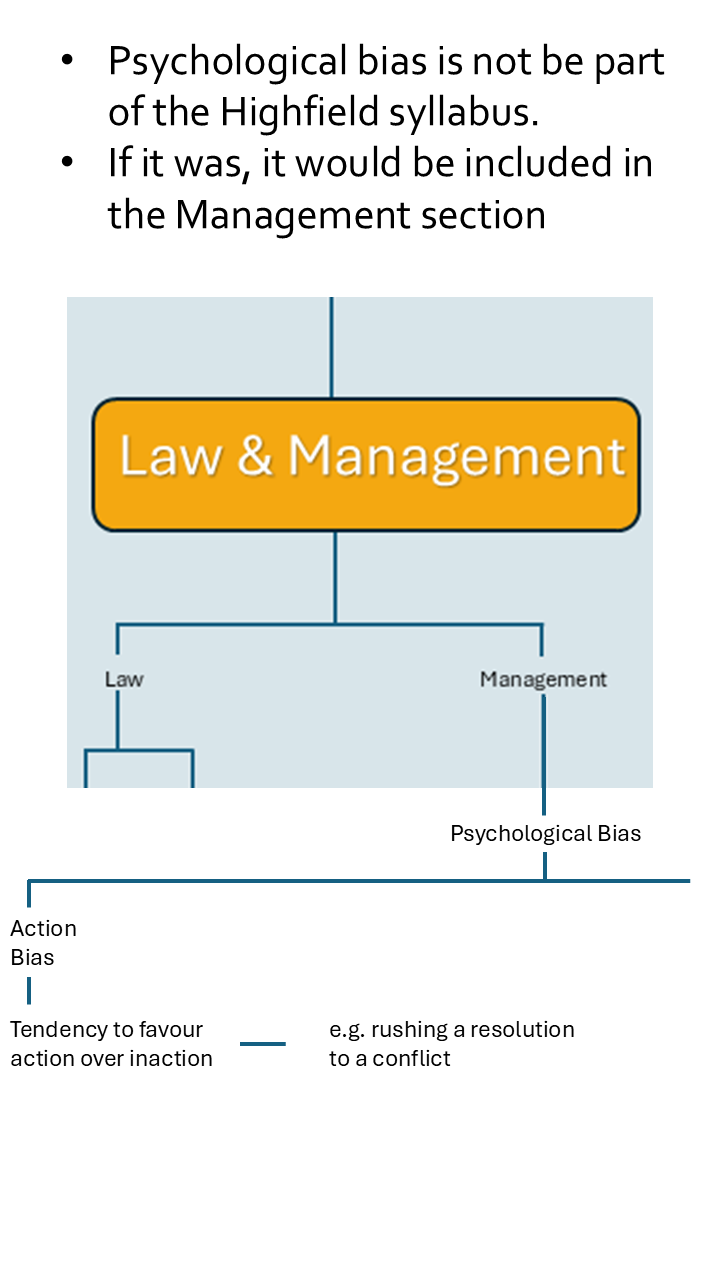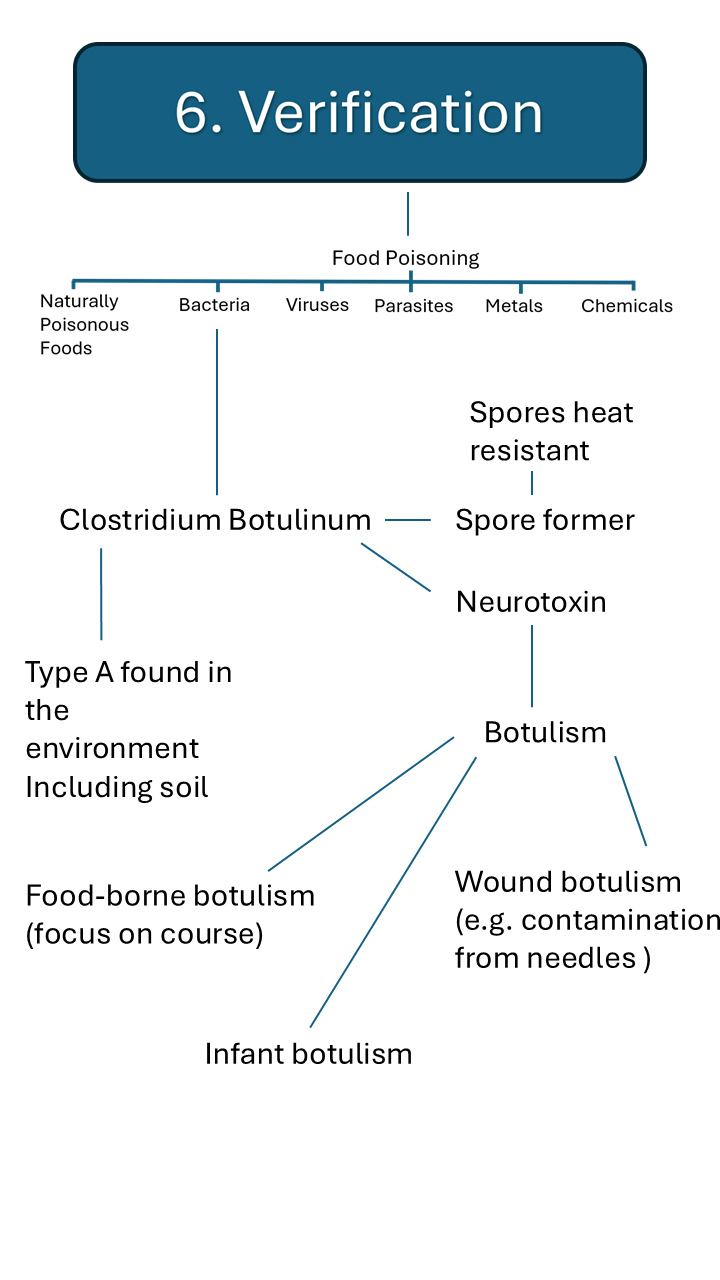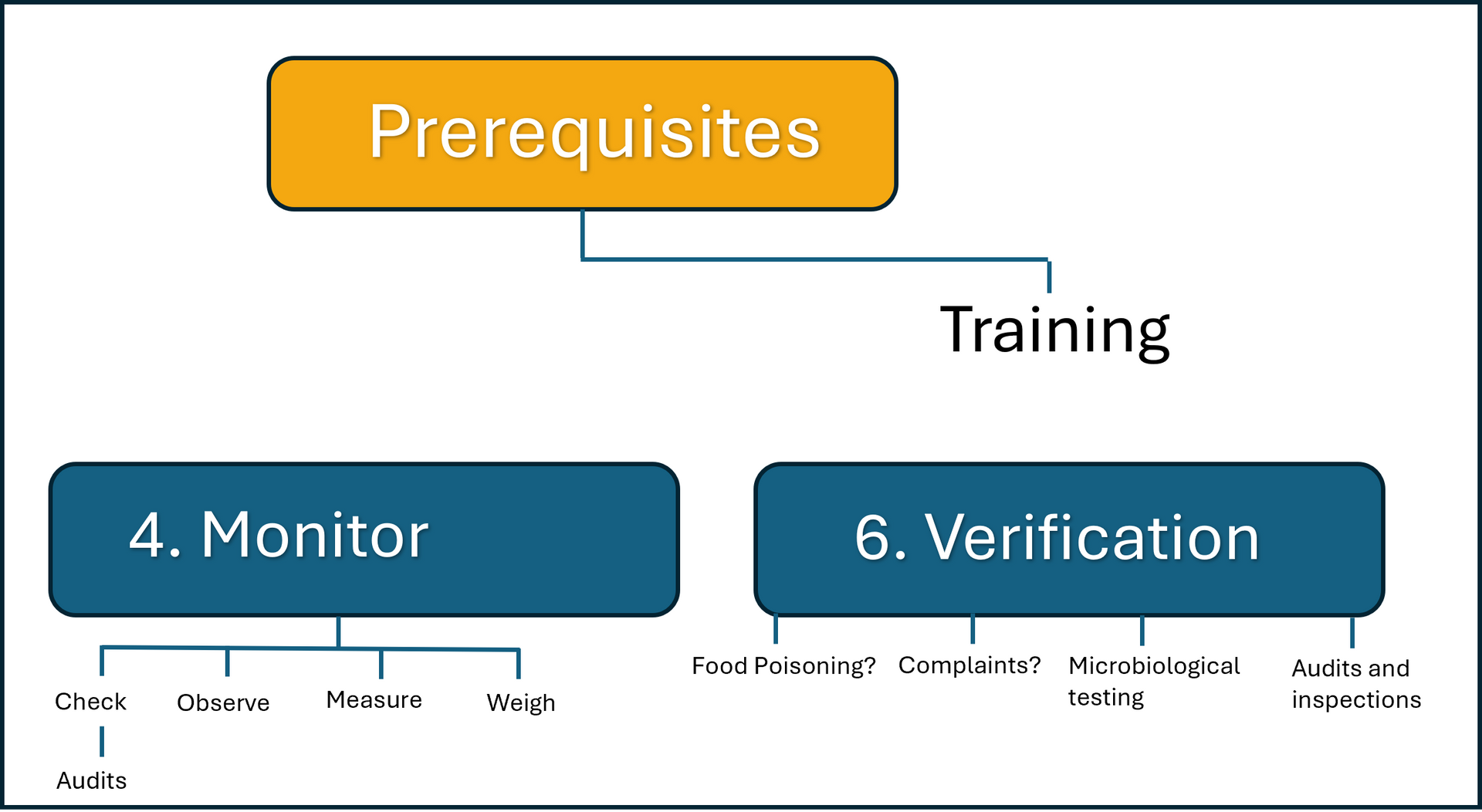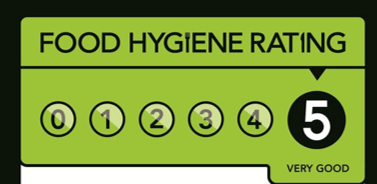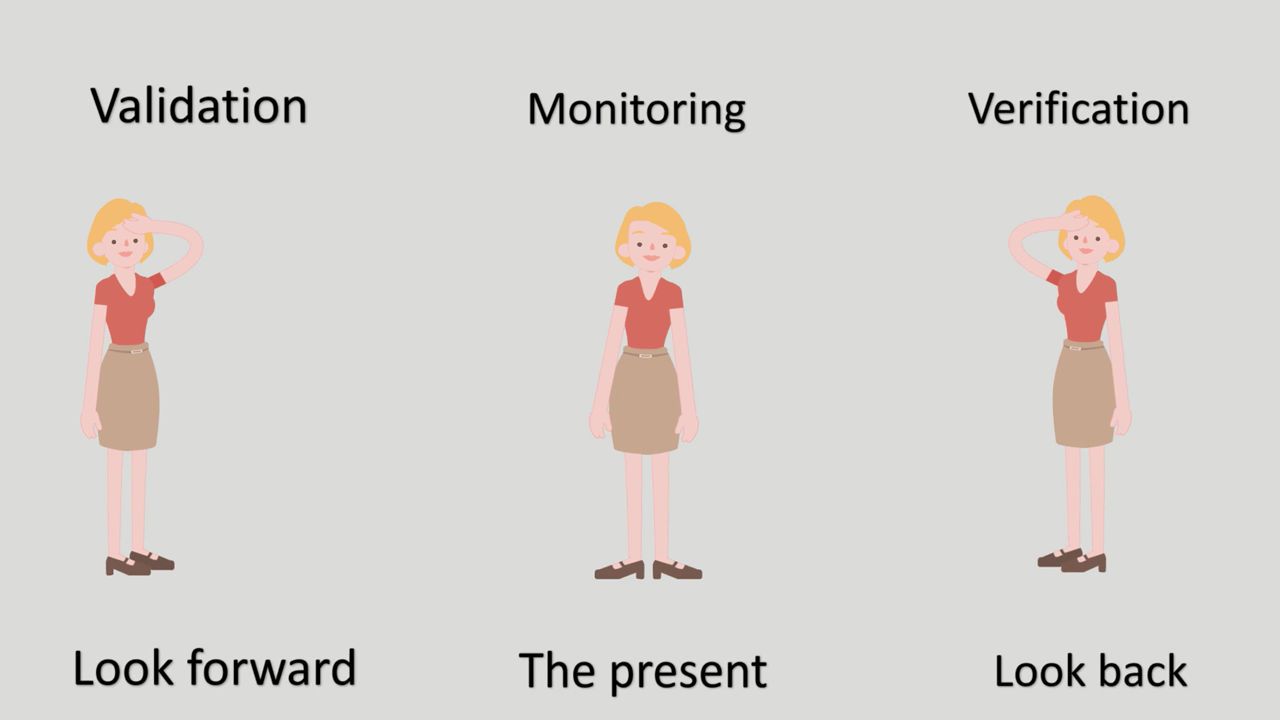How fish and shellfish can cause food poisoning
In this article we’ll examine the various types of food poisoning associated with eating fish.
There are essentially three ways in which fish can cause food poisoning:
1. Fish that are naturally poisonous
2. Fish and shellfish which have become contaminated in the environment.
3. Fish and shellfish which cause food poisoning because of poor practices during production.
Ciguatera.
The source of Ciguatera is certain types of algae. Small fish the eat the algae and carnivorous fish consume the smaller species. The toxin is transferred to humans when we consume either the small, or carnivorous fish.
The algae are associated with dead coral, and therefore affected by human activities and climate change. Hence to describe as ‘natural’ may be a mute point.
Example: In June 2020 five people in The Netherlands were taken ill, and the poisoning was likely caused by eating red snapper imported from India.
The onset time is around six hours, and the symptoms last between a few days or weeks. The symptoms are usually nausea, vomiting, and muscle pain. This can be followed by neurological symptoms including headache, dizziness and irregular heartbeat.
Similarly, illness can result from eating muscles which have fed on poisonous plankton, as detailed below.
Puffer fish
(also known as Fugu, Globefish and Blowfish).
It has been said the fish contains a toxin one hundred times more poisonous than cyanide, and the liver alone can contain enough poison to kill five men.
The toxin is tetrodotoxin, a neuro toxin which can affect the central nervous system. In pufferfish it is found mainly in the eggs, liver and skin.
Other fish which contain tetrodotoxin include goby, shellfish, blue-ringed octopus and shellfish. In the majority of cases, there is insufficient toxin to cause illness.
Symptoms are usually between 30 minutes and 6 hours after consuming the food. Vomiting, nausea, and diarrhoea are followed by numbness in the face, muscle weakness and slurred speech. Cardiovascular affects include hypertension. If the patient survives the first 24 hours, they usually make a full recovery as the toxin is expelled in urine.
Mistakes in processing and production contribute to food poisoning cases.
It can take up to ten years to become a sushi master; a rigid learning programme to remove the parts of the fish which could contain tetrodotoxin.
In Japan, it is a legal requirement to prepare and detoxify the fish before they are sold.
In 2018 blunt head blowfish were sold at a supermarket with the livers still intact. According to reports this type of blowfish contains only very week or no poison.
Scombrotoxin
Histidine is an amino acid found in dark-fleshed fish such as tuna, mackerel and pilchards.
If the fish is stored above 4C spoilage bacteria convert the histamine to histamine, and when consumed the reactions are similar to those of an allergic reaction.
Refrigerating of fish should prevent toxin formation.
It’s responsible for about 65% of the outbreaks of food poisoning associated with fish in England and Wales.
Shellfish.
As noted above, some shellfish contain toxins having fed on poisonous plankton. Alternatively, pathogens such as Norovirus can be absorbed from sewage.
You may also come across the terms Diarrhetic shellfish poisoning (DSP) and paralytic shellfish poisoning (PSP).
This refers to the symptoms;
Diarrhetic (DSP) = diarrhoea and vomiting.
Paralytic (PSP) = tingling and numbness of the mouth almost immediately. This can spread to the arms and legs and potentially death. When death occurs, it is usually caused by respiratory paralysis.
Norovirus
Shellfish such as oysters, clams and mussels are filter feeders, extracting nutrients from water as it passes through. As a result, they may also absorb norovirus which will be present in higher concentrations than the surrounding water.
Potential sources of contamination include faulty waste water plants, failing septic systems, and vomiting overboard near shellfish beds.
Norovirus is destroyed by normal cooking temperatures, and therefore most outbreaks are connected to oysters eaten raw.
In March 2001 several outbreaks were reported in France following the consumption of oysters, with over 164 patients and two hospitalisations.
Heavy rains in February may have led to the contamination of water, with water flushed from the ground.
Chemicals
Whether via land or sea, industrialisation and chemical processing has the potential to enter the food chain.
As an example, the NHS advise pregnant women against eating shark, swordfish or marlin because they contain higher levels of mercury.
Mercury is present in very small quantities in the sea. A number of industrial processes cause this including coal burning, cement production, and smelting.
Fish such as shark are of greatest risk because they are long lived, and at the top of the food chain. Similar to Ciguatera discussed earlier, the mercury may be absorbed by algae, consumed by smaller fish, and transferred through the food chain.
Bioaccumulation is where a substance is absorbed at a faster rate than it’s excreted. Therefore, older fish such as shark may gradually absorb the chemical such as mercury, which builds in their muscle tissue over time.
As an example; herring contains mercury levels at 0.1 parts per million, whilst shark contains 1 part per million. Deposited in the muscle tissue, the mercury is transferred to humans on consumption.
In addition, raw fish should be considered a source of pathogenic bacteria, in the same way as raw meat and poultry. Pathogens detected in raw fish include Listeria, Vibrio, Clostridium and Salmonella.
The usual separation and segregation controls to prevent cross contamination should also be applied to fish. Poor practices during storage and preparation can result in cross contamination.
Standard practices of refrigeration and stock rotation is also required to prevent bacterial multiplication. For dark fish such as tuna, the recommended temperature is 4C or colder to prevent action of spoilage bacteria as discussed above. Storing on ice may therefore be required.
Raw fish may also contain parasites.
The Food Standards Agency identify parasites such as Anisakis larvae (parasite worms) as potentially being present in some wild fish including:
- Salmon
- Herring
- Cod
- Other fish species including monkfish
Their advice states that cooking to 60C for at least one minute will kill most parasites, although trematodes may require more stringent heat treatment to kill them. Trematodes may be parasitic in a molluscan host.
Freezing for the correct time/temperature (eg -20C for at least 24 hours) also kills parasites.
Therefore, under hygiene legislation, certain products including sushi and sashimi intended to be eaten raw must be frozen.
